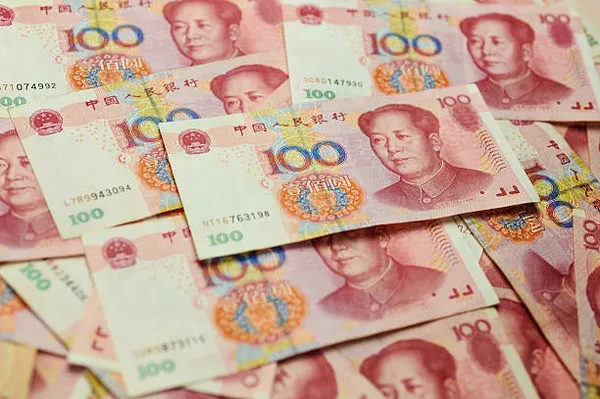Asian currencies navigated within a narrow range on Tuesday as markets maintained a cautious stance ahead of crucial U.S. economic indicators. The Japanese yen lingered near seven-week lows after the Bank of Japan (BoJ) affirmed its dovish stance, contributing to a broader scenario where most Asian currencies struggled against the backdrop of a resilient U.S. dollar.
While the dollar exhibited some weakness in Asian trade, it remained in proximity to a one-month high, reflecting anticipations of prolonged higher U.S. interest rates. The prevailing strength of the dollar kept several Asian currencies restrained, compounded by the potential delay in interest rate cuts by the Federal Reserve.
In a departure from the trend, the Chinese yuan stood out by advancing 0.3%, recovering from a two-month low. Reports suggested that the People’s Bank of China was actively selling dollars in open markets to bolster the national currency. Additionally, a significantly stronger-than-expected midpoint fix by the PBOC contributed to the yuan’s positive performance. However, concerns persisted over the yuan’s outlook amid ongoing skepticism about the Chinese economy.
The Japanese yen, on the other hand, held firm near its lowest level since early December, influenced by the BoJ’s commitment to ultra-low interest rates and dovish policies. The central bank’s projection of lower inflation for fiscal 2024 suggested a lack of immediate motivation to tighten its ultra-loose policy, reinforcing the bearish sentiment towards the yen.
Across the broader Asian currency spectrum, the Australian dollar saw a 0.4% rise, recovering from a seven-week low. Similarly, the South Korean won experienced a 0.3% increase after hitting a two-month low the previous week, supported by mild growth in producer price inflation in South Korea during December.
Other Asian currencies displayed mixed movements, with the Singapore dollar rising by 0.2%, while the Indian rupee maintained stability above the 83 level, in close proximity to record lows.
The dollar index and dollar index futures registered marginal declines in Asian trade, yet the greenback continued to hover near one-month highs. Growing conviction that the Federal Reserve will delay interest rate cuts until later in 2024 has eased rate-cut expectations, with markets now anticipating the central bank to maintain rates in March. However, before the Fed’s meeting, market participants await key U.S. economic readings, including fourth-quarter GDP data on Thursday and PCE price index data on Friday, providing insights into economic growth and inflation trends.
The prevailing sentiment of higher-for-longer U.S. rates poses challenges for Asian currencies, drawing capital away from high-risk, high-yield assets in the region. As global economic uncertainties persist, the cautious stance among investors in Asian markets prevails.


